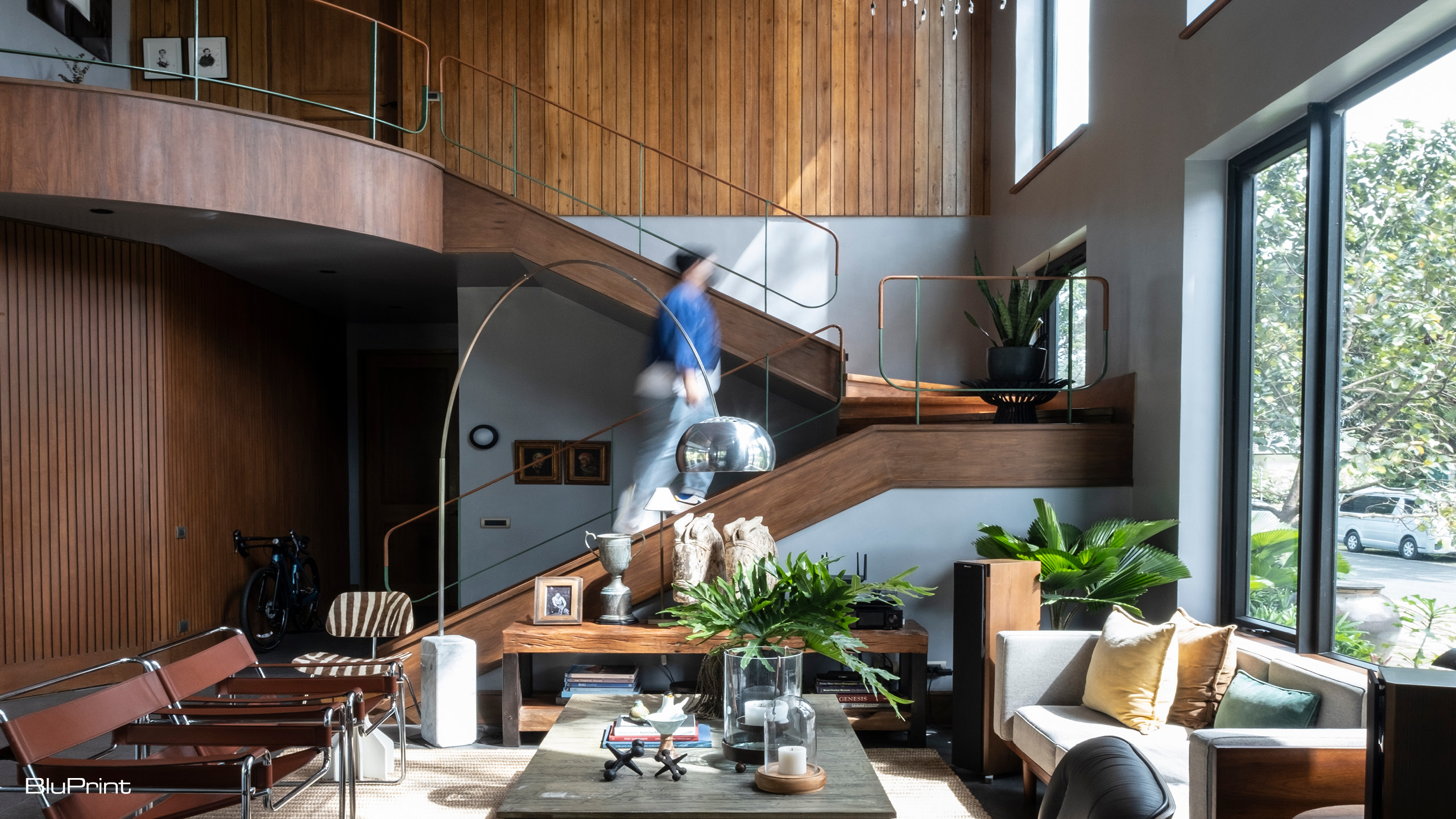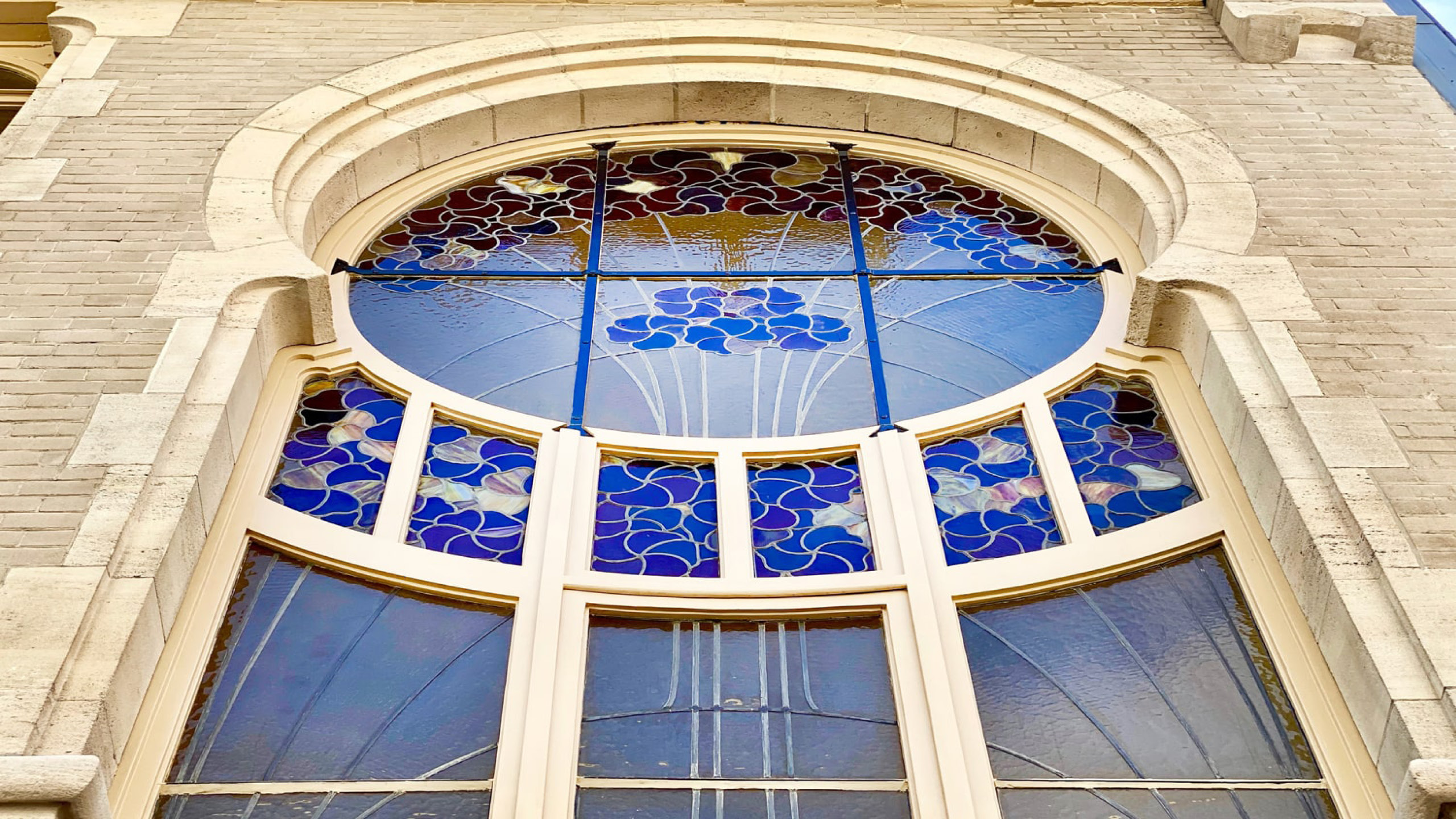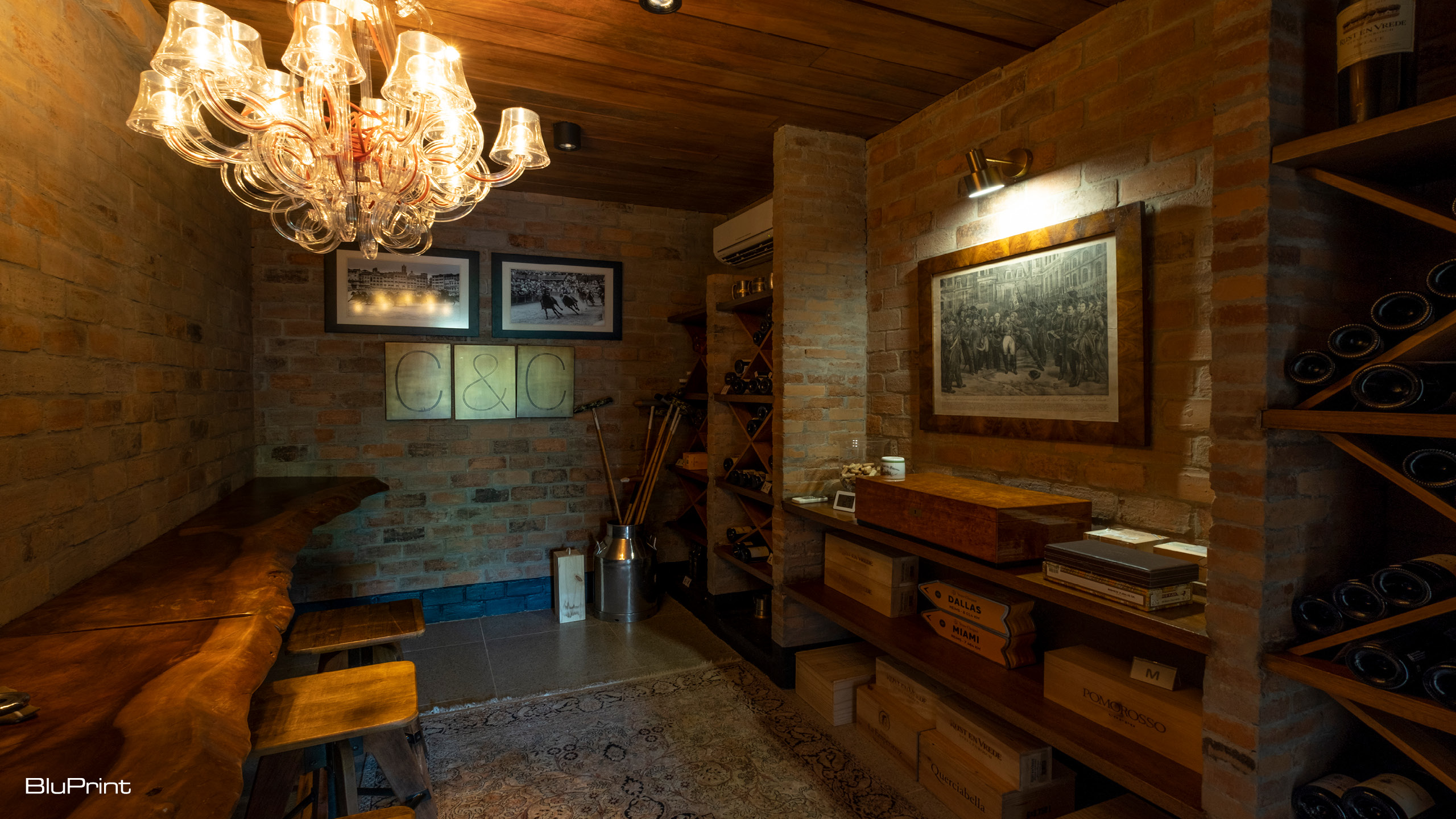
The Little Soul in Architecture: The Importance of Intricate Details
Architecture is a discipline wherein the big details are the most important and the most noticed (at least by laymen). How strong is the foundation, what materials have been used, what will this contribute to the community, and how will it help? But in every project, there’s a specific minuscule detail that could almost be invisible to the naked eye but a blooming detail to the inquisitive mind.
Among the many types of architecture, Baroque, Rococo, and Art Nouveau Architecture may be the first types that come to mind when the word ‘intricate’ pops up. The ornate Baroque style highlights complex forms adorned with lavish artwork and detailed ornaments, Rococo is almost similar to Baroque with its ornate curving features but with a lighter delicacy, and Art Nouveau has curving sinuous lines and asymmetrical features that evoke romanticism. Designers and artists have taken these big details and included them in microscopic details that birth another ecosystem of art within art. With this kind of design, any space, may it be a residential home or a public building can become a great piece of architecture that can have more soul.
A great example of these small and intricate details being highlighted can be seen in Art Nouveau Architecture and design. Art Nouveau or “new art” was founded on the idea of breaking traditions to explore newer and free forms of visual expression. Though this style is more common in Europe and in the United States, it is considered an international style that flexibly adapts to various countries and would be known by different names. The famous Rue du Lac House by Architect Ernest de Lune is a great example of architecture that has details that bloom. Aside from its asymmetrical facade and the infamous circular entrance door surrounded by molded stones, the home also has distinct stained glass windows handcrafted by Austrian master glassmaker Clas Gruner Sterner.


Another example is The Bird House designed by Carol Karthe. Crafted together with architect Roberto “Bobby” Ocampo, The Bird House has intricate details like a wine cellar adorned with Japanese bricks, and other architectural and design features that utilize repurposed materials from Karthe’s adventures overseas.



Related Read: Designed for The Free Spirit By The Free Spirit
Why is it important to pay attention to the smaller details?
In modernist Ludwig Mies van der Rohe’s sentiments, great architecture is only possible if you pay attention to the smaller details as you would to the bigger picture. In simpler terms, these details are the threads that pull together the architectural pieces and serve specific functions. Technically, these small intricacies can be used to maximize spaces, aesthetically, to tie elements together, or hide parts of a house. Details found within these features are vital elements that pull together the entire project and become the designer’s signature. With these intricate details, people are given the building’s story. Though it may not be obvious, these intricate details are the whispering voices that give the building its coherency.


